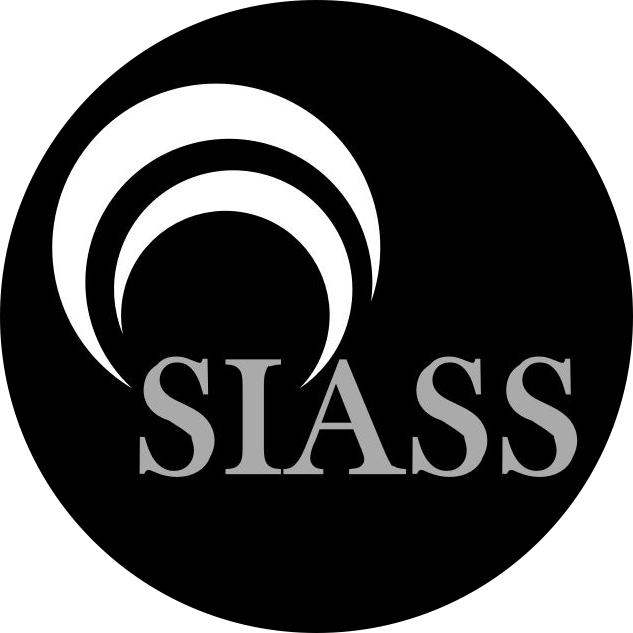Recognising Insider Threats
- SIASS

- Aug 27
- 3 min read
Organisations often invest heavily in protecting themselves from cyber criminals and external attacks. However, some of the greatest risks can come from individuals already inside the business. An insider threat is anyone with legitimate access to systems, data, or facilities who uses that access in a way that damages the organisation. This could be intentional — for example, theft of intellectual property — or unintentional, such as an employee inadvertently sharing sensitive information. Insiders might be permanent staff, contractors, suppliers, or trusted partners.
Spotting the Warning Signs
Before harmful acts occur, many insiders show behaviour that can act as an early red flag. These are known as potential risk indicators (PRIs). It is important to note that these behaviours do not automatically signal malicious intent. However, when combined or left unchecked, they can suggest a heightened risk that should not be ignored.
Common PRIs Seen in the Workplace
For HR and security professionals, being alert to the following behaviours can help prevent issues before they escalate:
Unusual working patterns – regularly staying late, accessing systems outside normal hours, or attempting to enter areas without a clear reason.
Policy violations – ignoring security protocols, refusing to follow established processes, or repeatedly bypassing IT rules.
Excessive data activity – downloading or transferring unusually large amounts of information, printing sensitive material, or using unauthorised storage devices.
Financial or personal stress – sudden changes in financial circumstances, gambling problems, or personal pressures that could make someone vulnerable to exploitation.
Disengagement – a noticeable drop in morale, open dissatisfaction with management, or hostile behaviour towards colleagues and the organisation.
Secrecy – reluctance to explain their work, unusual levels of privacy around computer screens, or shielding conversations.
Contact with competitors or unknown third parties – undeclared meetings, undisclosed relationships, or unexplained communication with outsiders.
Overly curious behaviour – seeking access to files, systems, or facilities not relevant to their role.
Attempts to avoid monitoring – disabling security software, requesting unnecessary access rights, or complaining about oversight processes.
How Adversaries Exploit Weaknesses
External actors, including criminals, competitors, and hostile states, may deliberately seek to compromise insiders. They often gather intelligence through surveillance to find opportunities. Information of interest can include:
Entry and exit routes
Security patrol schedules and CCTV coverage
Details of key staff and decision-makers
Cleaning and maintenance routines
Visitor management processes
Busy periods or special events
Parking and transport arrangements
This information can be exploited directly, or used to manipulate employees who already show signs of vulnerability.
Why HR and Security Must Work Together
Preventing insider threats requires a joined-up approach. HR is often best placed to recognise personal or behavioural warning signs, while security teams monitor access, surveillance risks, and physical vulnerabilities. Sharing insights between these functions can ensure early intervention, reducing the likelihood of serious harm.
Building a Culture of Awareness
The most effective organisations create an environment where staff feel comfortable raising concerns and where unusual behaviours are noticed, logged, and reviewed appropriately. Training employees to understand what insider threats look like — without fostering a culture of mistrust — is key.
By paying attention to PRIs, encouraging responsible reporting, and fostering close collaboration between HR and security teams, organisations can greatly reduce the risks posed by insiders.





Comments